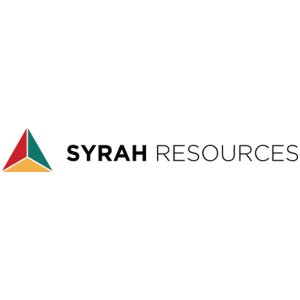The Minerals Council South Africa have announced they support new electricity market reforms as Eskom opens access to renewable energy projects.
Johannesburg, 15 December 2021. The announcement by Public Enterprises Minister Pravin Gordhan on expediting access to the Eskom grid for owners of renewable energy projects, opening the power utility’s land for these schemes, and boosting capacity on transmission lines from the Northern Cape and Eastern Cape are welcome steps in muchneeded structural reform to kick start the electricity-constrained economy.
Minerals Council member companies have a pipeline of 3,900MW (3.9GW) of potential renewable energy projects worth more than R60 billion that would, when implemented, substantially contribute to bridging the large country electricity supply deficit, diversify the country’s supply, reduce the sector’s carbon footprint and stabilise costs “The announcements by Minister Gordhan and Eskom management today are great news for not just mining companies but the broader economy. We are finally starting to see a break in the log jams that have constrained much-needed investments in renewable energy projects, taking pressure off Eskom and greening our members’ credentials,” says Minerals Council CEO Roger Baxter.
A key factor in building renewable energy projects is access to the Eskom transmission grid in a predictable, sustainable, and cost-effective manner, allowing for solar and wind projects to be built off mine sites, and to underpin the economic models of these projects providing electricity to other consumers and operating beyond the life-of-mine.
On Wednesday, Minister Gordhan committed his department to issuing regulations early in 2022 on the cost and structure of wheeling (transmitting third party electricity) tariffs and giving certainty to private electricity generators about the use of Eskom’s grid infrastructure.
Eskom would expedite applications to use its transmission infrastructure and accessing the grid, Gordhan said.
Eskom’s 36,000ha of land in Mpumalanga will be opened to companies wanting to build renewable energy projects, gaining quick access to the grid and rapid environmental impact assessment process, Gordhan said.
There was a “great deal of awareness” that the transmission capacity from the Northern Cape and Eastern Cape, the two provinces most suited to solar and wind projects respectively, was constrained and needed to be expanded, Gordhan said, noting this would take time and come at a high cost, but Eskom had started this work, he said.
All these comments relate to the relaxation of licence-free renewable energy projects of up to 100MW that President Cyril Ramaphosa unveiled in June 2021.
This was the most significant structural reform in the past 20 years, says Baxter. “The legal separation of Eskom into transmission, generation and distribution business units is a crucial step in the liberalisation of the energy market and enabling trading in a dayahead market,” he says. The auction of land around its power plants for rapid construction and commissioning of renewable energy projects will go a long way to taking the pressure off Eskom’s aged fleet of coal-burning plants, allowing for sustainable and considered maintenance programmes as would the projects under consideration and construction in the mining industry, without putting any further financial burden on Eskom’s balance sheet, says Baxter.
“The construction of renewable energy projects on Eskom land in Mpumalanga will go towards meeting commitments on a just energy transition as the utility closes its old coalfired plants,” he says. From the Minerals Council side, the leadership by Ministers Gordhan and Mantashe and Eskom’s leadership team led by Andre de Ruyter and their focus on unlocking supplemental supply to support private sector investment in electricity will materially boost investment in the economy and is fully supported.
To read the full press release from Minerals Council South Africa, click here.
Minerals Council member companies have a pipeline of 3,900MW (3.9GW) of potential renewable energy projects worth more than R60 billion that would, when implemented, substantially contribute to bridging the large country electricity supply deficit, diversify the country’s supply, reduce the sector’s carbon footprint and stabilise costs “The announcements by Minister Gordhan and Eskom management today are great news for not just mining companies but the broader economy. We are finally starting to see a break in the log jams that have constrained much-needed investments in renewable energy projects, taking pressure off Eskom and greening our members’ credentials,” says Minerals Council CEO Roger Baxter.
A key factor in building renewable energy projects is access to the Eskom transmission grid in a predictable, sustainable, and cost-effective manner, allowing for solar and wind projects to be built off mine sites, and to underpin the economic models of these projects providing electricity to other consumers and operating beyond the life-of-mine.
On Wednesday, Minister Gordhan committed his department to issuing regulations early in 2022 on the cost and structure of wheeling (transmitting third party electricity) tariffs and giving certainty to private electricity generators about the use of Eskom’s grid infrastructure.
Eskom would expedite applications to use its transmission infrastructure and accessing the grid, Gordhan said.
Eskom’s 36,000ha of land in Mpumalanga will be opened to companies wanting to build renewable energy projects, gaining quick access to the grid and rapid environmental impact assessment process, Gordhan said.
There was a “great deal of awareness” that the transmission capacity from the Northern Cape and Eastern Cape, the two provinces most suited to solar and wind projects respectively, was constrained and needed to be expanded, Gordhan said, noting this would take time and come at a high cost, but Eskom had started this work, he said.
All these comments relate to the relaxation of licence-free renewable energy projects of up to 100MW that President Cyril Ramaphosa unveiled in June 2021.
This was the most significant structural reform in the past 20 years, says Baxter. “The legal separation of Eskom into transmission, generation and distribution business units is a crucial step in the liberalisation of the energy market and enabling trading in a dayahead market,” he says. The auction of land around its power plants for rapid construction and commissioning of renewable energy projects will go a long way to taking the pressure off Eskom’s aged fleet of coal-burning plants, allowing for sustainable and considered maintenance programmes as would the projects under consideration and construction in the mining industry, without putting any further financial burden on Eskom’s balance sheet, says Baxter.
“The construction of renewable energy projects on Eskom land in Mpumalanga will go towards meeting commitments on a just energy transition as the utility closes its old coalfired plants,” he says. From the Minerals Council side, the leadership by Ministers Gordhan and Mantashe and Eskom’s leadership team led by Andre de Ruyter and their focus on unlocking supplemental supply to support private sector investment in electricity will materially boost investment in the economy and is fully supported.
To read the full press release from Minerals Council South Africa, click here.


.jpg?ext=.jpg)
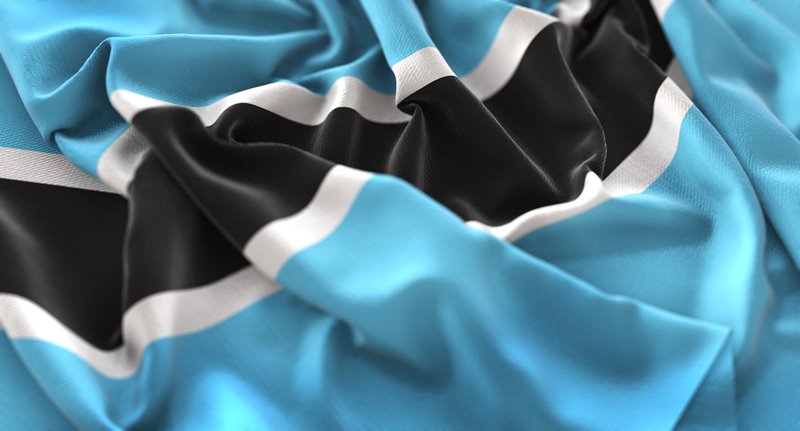



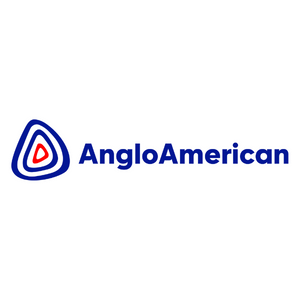

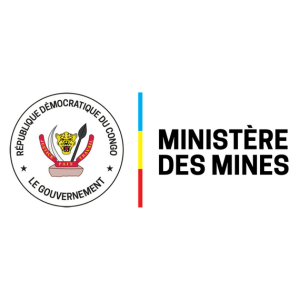

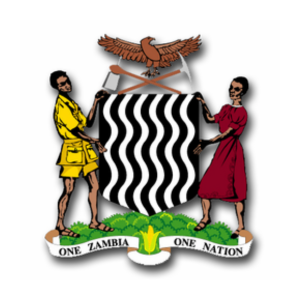

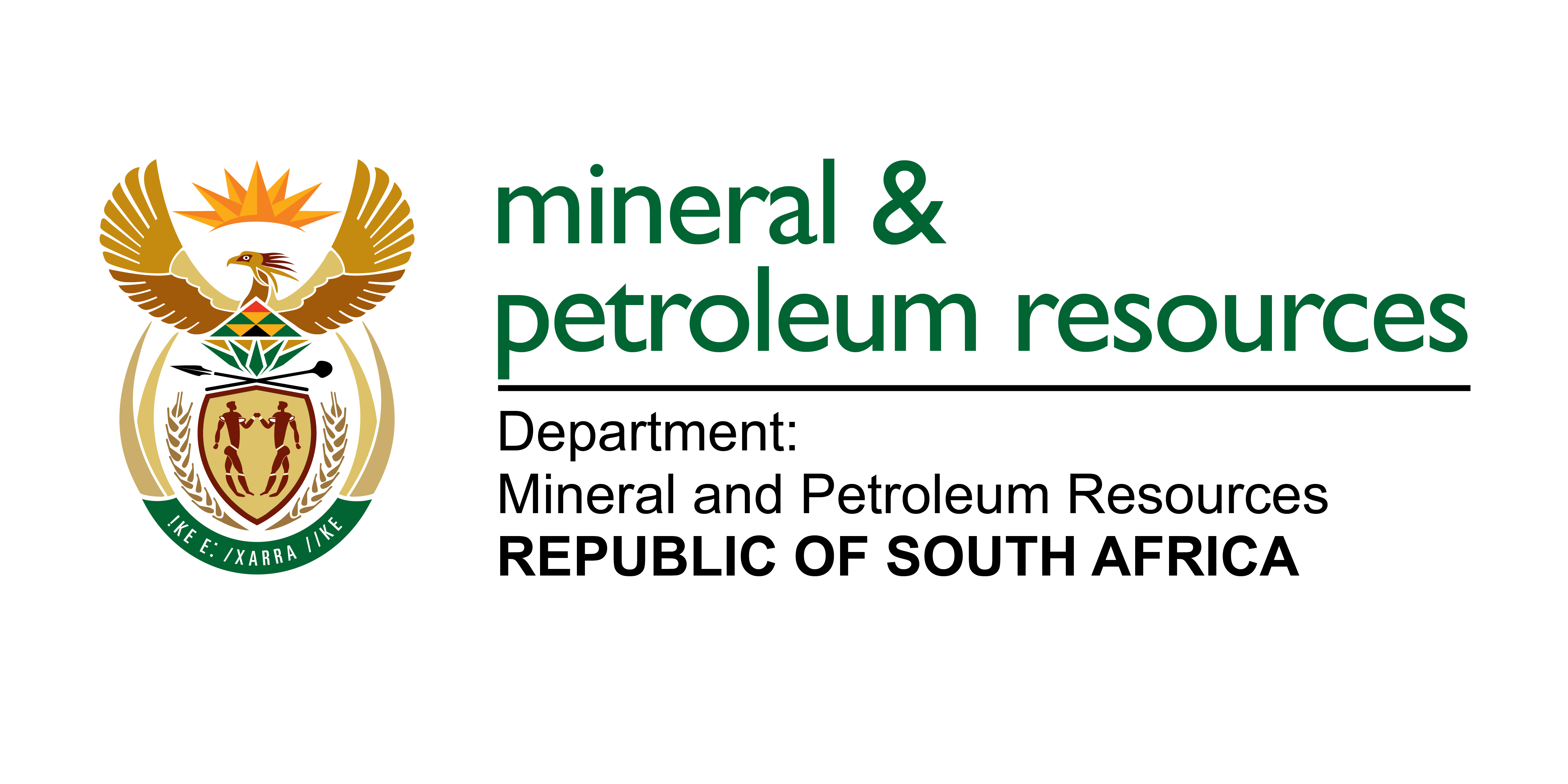-Logo_CMYK_1.jpg?width=1000&height=500&ext=.jpg)



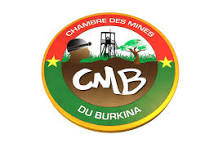
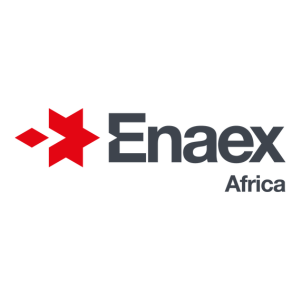


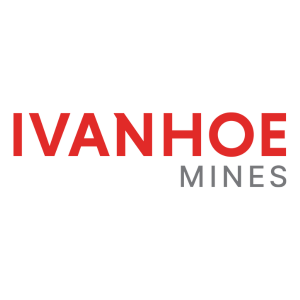
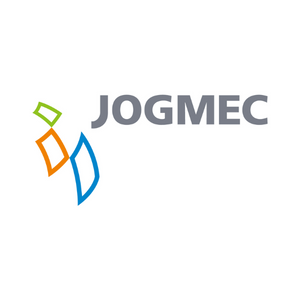

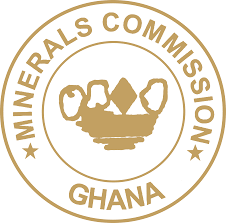

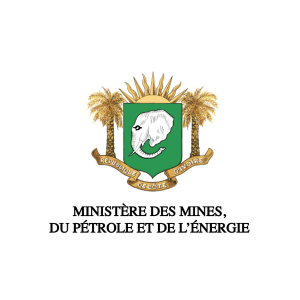
_1.png?ext=.png)


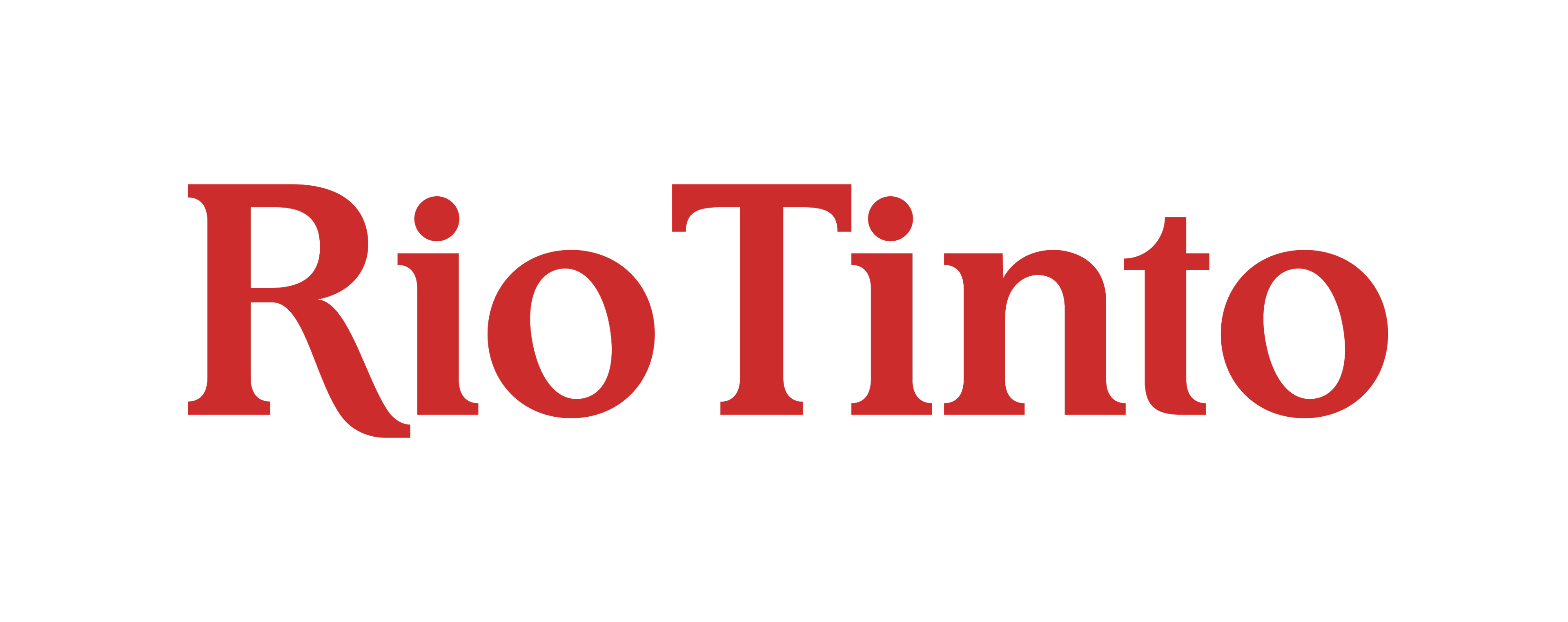

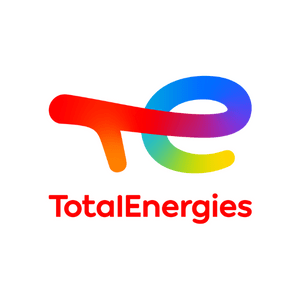




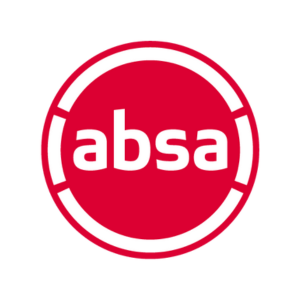

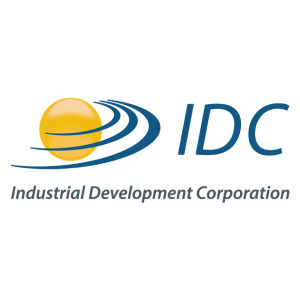

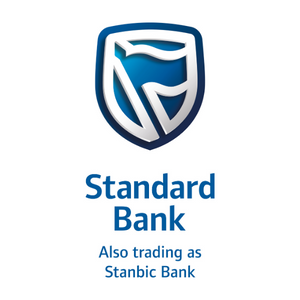


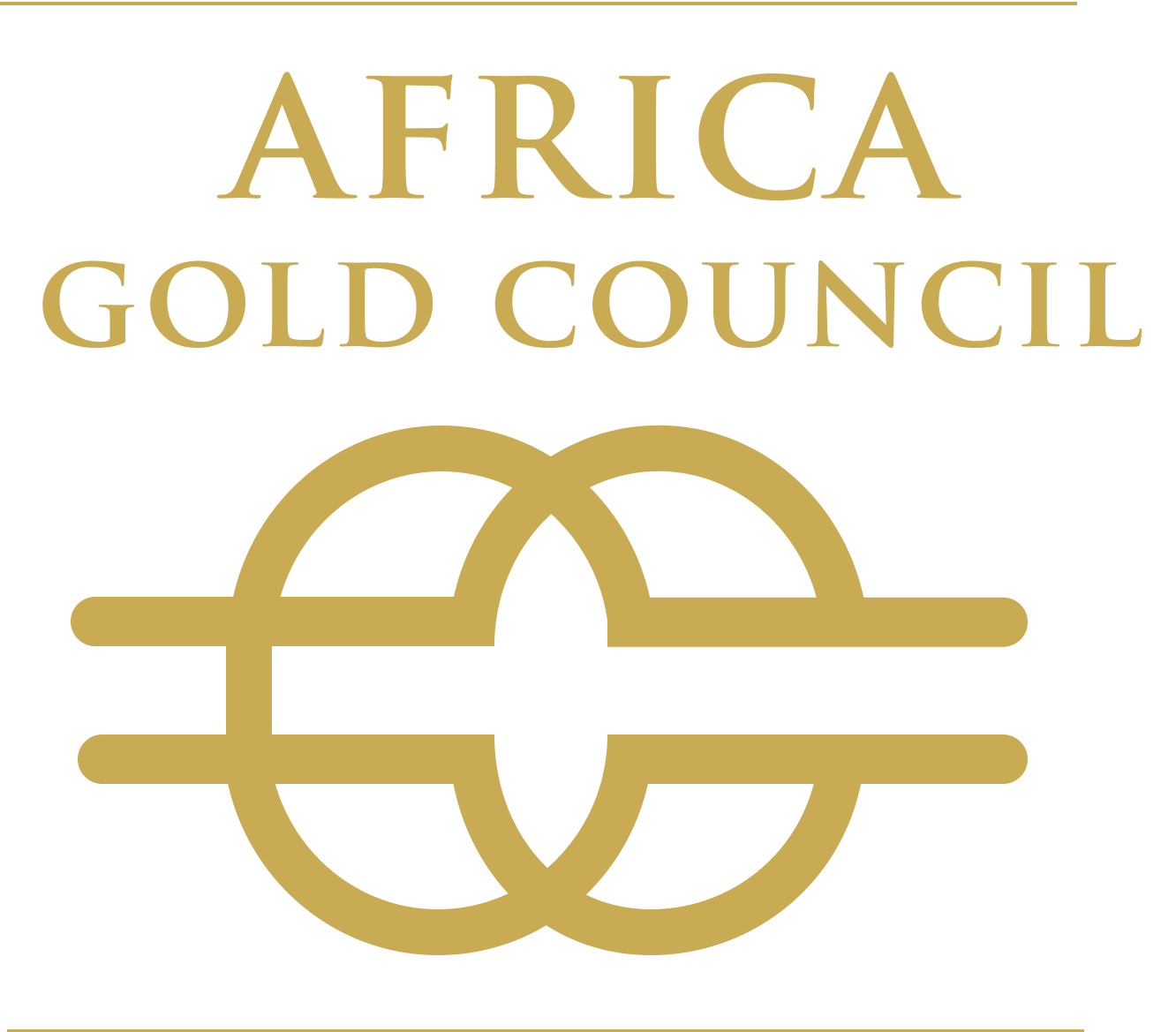











_mi25-weblogo.png?ext=.png)

